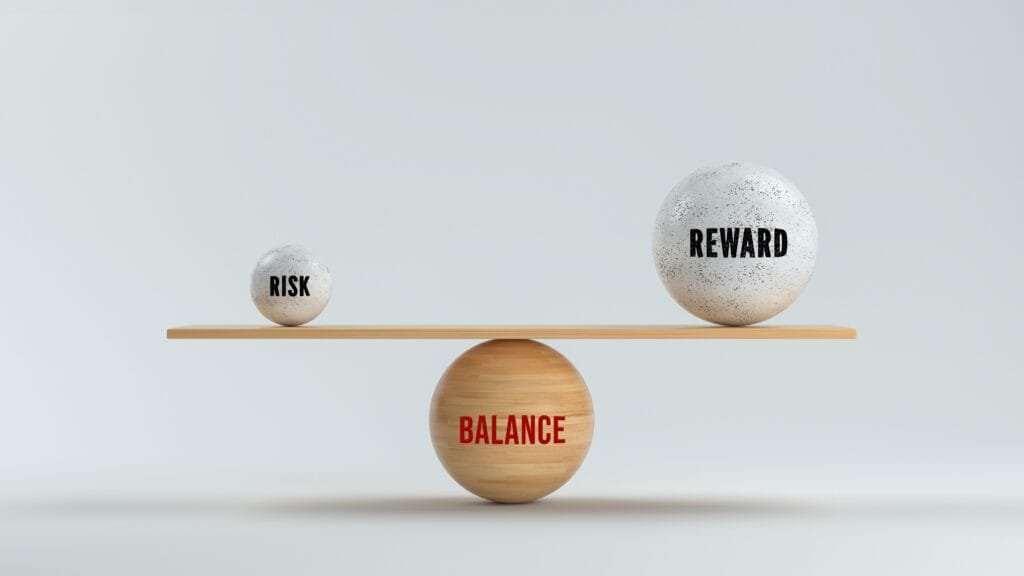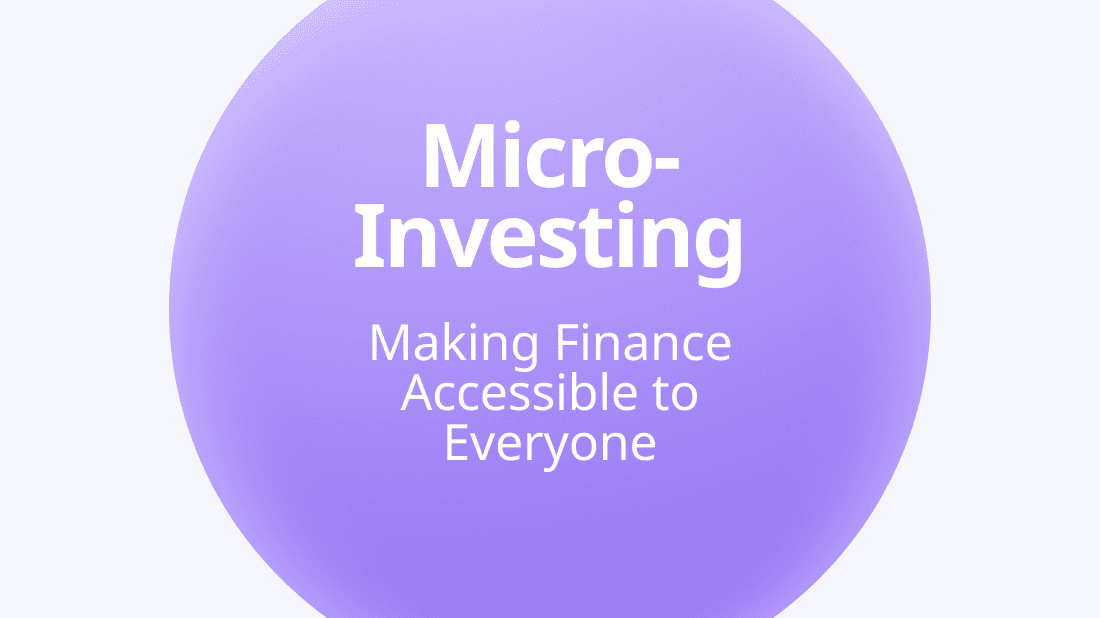Let’s be honest.
Investing can feel both exciting and terrifying. On one hand, there’s the dream: watching your money grow, building wealth, and reaching financial freedom. On the other hand, there’s the fear: losing your savings, making the wrong choice, or jumping in too late. That’s why understanding the risks and rewards of investing is not just important, it’s essential.
Whether you’re considering the stock market, real estate, or even bonds, every investment opportunity comes with a mix of potential gain and potential loss. In this article, we’ll break down the risks and rewards of investing in simple terms. You’ll learn what to expect, how to protect yourself, and how to invest with confidence, even if you’re just getting started.
What Does “Risks and Rewards of Investing” Mean?
Investing means putting your money to work in something you believe will grow over time. But there are no guarantees.
The reward is the profit or return you could earn.
The risk is the chance that you might lose some or even all of what you invested.
So, when people ask “What are the risks and rewards of investing in the stock market or other assets?” they’re asking:
Is it worth it, and what could go wrong?
Let’s break that down using real-life examples.
The Rewards of Investing: Why People Do It
Let’s start with the good stuff: why people choose to invest instead of just saving money in the bank.
1. Potential for Long-Term Growth
Investing can significantly outperform traditional savings accounts. For example, the average annual return of the S&P 500 over the last 30 years is about 10%. Compare that to a typical savings account offering less than 1%.
2. Compound Interest
This is where your money earns money, and then that money earns money. Over time, small investments can snowball into large returns, especially if you stay consistent.
3. Financial Independence
Investing helps build wealth that can eventually replace your need to work. This is the foundation of retirement planning and financial freedom.
4. Beating Inflation
Inflation eats away at the value of cash. Investments, especially in assets like stocks and real estate, often outpace inflation over time.
The Risks of Investing: What You Need to Watch Out For
Now let’s talk about the real risks of investing because every reward comes with a level of uncertainty.
1. Market Volatility
Prices go up and down. If you invest $1,000 in the stock market today, it could be worth $1,100 next month or $900. That’s normal, but scary if you’re not prepared.
2. Losing Money
There’s always a chance you’ll lose part or all of your investment, especially if:
You sell during a downturn
You invest in high-risk assets like individual stocks or crypto
The company or asset you invest in underperforms
3. Emotional Decisions
Fear and greed often lead to poor choices. Many investors panic and sell low or buy high based on emotion, not logic.
4. Lack of Liquidity
Some investments, like real estate or certain retirement accounts, can be hard to cash out quickly. If you need your money in an emergency, this could be a problem.
Risks and Rewards of Investing in the Stock Market
The stock market is one of the most popular investment vehicles, but it comes with its own set of challenges and opportunities.
Rewards:
High potential returns
Easy access through platforms like Robinhood or Fidelity
Wide variety of choices like ETFs, mutual funds, and individual stocks
Risks:
Short-term volatility can be nerve-wracking
Requires research or reliance on financial advisors
Overreacting to market swings can hurt long-term growth
Understanding the risks and rewards of investing in the stock market is crucial for making informed decisions, especially during economic downturns or booms.
Stocks vs Bonds: A Common Comparison
Stocks:
Higher risk, higher reward
Prices can swing dramatically
Great for long-term growth
Bonds:
Lower risk, lower reward
Steady income through interest payments
More stable during market downturns
So when someone asks, “What are the risks and rewards of investing in the stock market as compared to the bond market?” the answer is about balancing growth potential with stability. Many investors use a mix of both to reduce risk while still aiming for solid returns.
Risks and Rewards of Investing in Real Estate
Real estate is another popular choice, especially for people looking to diversify their portfolios.
Rewards:
Tangible asset you can rent or live in
Monthly rental income potential
Property usually appreciates over time
Risks:
High upfront costs, including down payment and closing costs
Maintenance and repairs
Market downturns can affect value
Not very liquid. You can’t sell a house overnight
Understanding the risks and rewards of investing in real estate is especially important for first-time property investors or landlords.
Risks and Rewards of Investing in Shares
When people talk about “investing in shares,” they typically mean buying stock in a specific company.
Rewards:
Potential for high returns
Ownership in a company
Dividends if the company pays them
Risks:
The company could fail or underperform
Stock prices can be highly volatile
You need to research and understand the business
If you’re new, consider index funds or ETFs instead of betting on a single company. They spread out the risk and still let you grow your money.
Momentum Investing: High Risk, High Reward?
Another strategy growing in popularity is momentum investing, where you buy stocks that are already going up, hoping they’ll continue.
Rewards:
You ride the wave of current trends
Potential for quick gains
Risks:
What goes up can crash fast
Market timing is hard to get right
It’s often driven by speculation
Understanding the nature of the risks and the source of the rewards to momentum investing is critical before jumping into this strategy. It’s best suited for experienced investors with a strong risk tolerance.
The Real-Life Side of Investing
Many people don’t start investing because they’re scared. Maybe they grew up in a household that avoided the stock market. Maybe they saw loved ones lose money in a crash. Or maybe they’re just overwhelmed.
Here’s the truth. Those feelings are valid.
Investing does involve risk, but not investing has its own risk, too:
The risk of falling behind on retirement goals
Not building wealth
Letting inflation chip away at your savings
You don’t need to be rich to invest. You just need to start small, stay consistent, and keep learning.
How to Manage the Risks of Investing

Now that you understand the dangers, here’s how to invest smarter and still sleep at night:
1. Diversify Your Portfolio
Don’t put all your eggs in one basket. Spread your money across:
Stocks
Bonds
Real estate
Mutual funds or ETFs
2. Invest for the Long Term
The market goes up and down, but over time, it trends up. Long-term investing helps ride out short-term volatility.
3. Start Small
If you’re nervous, start with a small amount. Use apps like Acorns, Fidelity, or Vanguard to begin.
4. Educate Yourself
Use free resources like:
Podcasts such as The Motley Fool or BiggerPockets
YouTube channels that break down financial terms
5. Talk to a Professional
If you’re unsure, consider speaking with a certified financial planner to help build a plan that matches your goals and comfort level.
FAQs
What are the risks and rewards of investing?
Rewards include long-term growth, passive income, and wealth building. Risks include market volatility, losing money, emotional decision-making, and lack of liquidity.
What are the risks and rewards of investing in the stock market?
Stock market rewards include high growth potential and dividends. Risks include price swings, emotional investing, and market crashes.
What are the risks and rewards of investing in real estate?
Rewards include rental income and property appreciation. Risks include high upfront costs, market declines, and maintenance responsibilities.
What are the risks and rewards of investing in shares?
Shares can offer strong returns and dividends. But they carry company-specific risk and require more knowledge or research.
How do you reduce risk when investing?
Diversify your portfolio, invest consistently, focus on the long term, and avoid emotional decisions.
Final Thoughts: Is Investing Worth the Risk?
Absolutely, if you understand the game.
Every financial decision comes with trade-offs. Saving in a bank account is safe, but earns little. Investing offers growth but adds risk. The key is balance.
The more you know about the risks and rewards of investing, the more you can invest with clarity, confidence, and purpose.
You don’t need to become a Wall Street expert. You just need to take the first step and keep learning as you go.
So start small. Think big. Stay consistent. And let your money work for you.








